
Fluorite is widely used, and different states of fluorite ore can be used in different industries. For example, fluorite block ore can be used in the iron and steel industry, non-ferrous metal industry, handicraft industry through smelting. Fluorite powder ore can be used as building materials industry to make glass, ceramics, cement, etc. Fluorite concentrate is particularly widely used, adding sulfuric acid to make hydrofluoric acid is used in the chemical industry. The missile industry, aviation industry and motor industry will all be applied to hydrofluoric acid made from fluorite concentrate. In order to meet the major industrial demand, it is imperative to improve the utilization rate of fluorite raw materials. In the beneficiation industry, fluorite ore generally adopts flotation method to select concentrate. The following article details you about the different types of fluorite mineral flotation techniques.
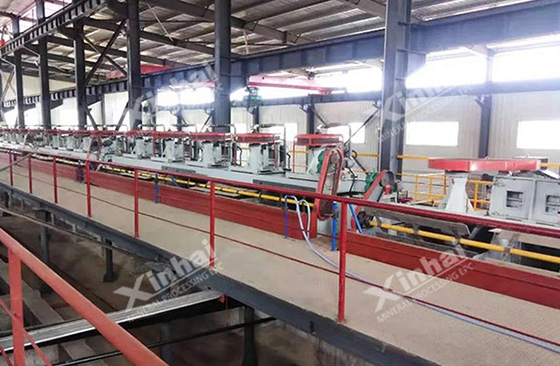
The main problem of fluorite flotation is the separation from sulfide minerals, quartz, calcite and barite. The fluorite flotation technology will be described mainly mainly from these four aspects.
When dealing with such fluorite ore, the yellow medicine collector is added to the ore slurry to float the sulfide mineral. After excluding sulfide minerals, a certain amount of fatty acids can be added to the mineral slurry to float the fluorite concentrate. If necessary, sodium sulfide was added before flotation fluorite concentrate for activation, followed by fatty acids for flotation. In order to avoid the residual sulfide minerals in the slurry affecting the quality of the flotation fluorite concentrate, a small amount of cyanide can also be added to the slurry to inhibit the sulfide ore.
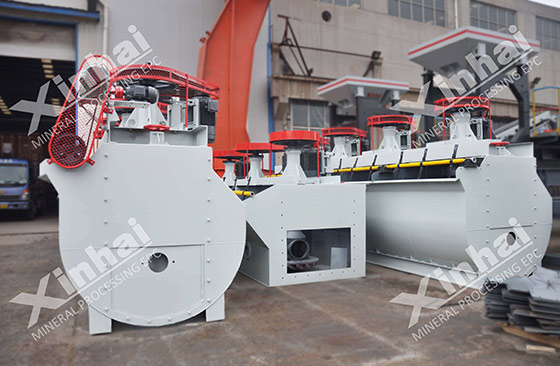
If the mineral is found to contain barite and calcite after mineral analysis, during flotation, the collector oleic acid can be added to the mineral slurry first, and the fluorite is preferred, or a small amount of aluminum salt can be added to activate the fluorite ore. In addition, adding dextrin to the ore pulp can also activate the fluorite, and the dextrin can also inhibit the emergence of barite and calcite. If the fluorite raw ore contains more calcite, limestone, dolomite and other complex gangue minerals, can also use baking glue, lignin sulfonate, they have a good inhibitory effect on these gangue minerals.
When fluorite ore contains quartz, fatty acid can be added as a collector, and water glass as a gangue mineral inhibitor. In order to ensure the appropriate mineral slurry soda acidity, a certain amount of sodium carbonate needs to be added. When water glass is added to the mineral slurry, the amount should be strictly controlled. Theoretically, a small amount of water glass can activate fluorite, but excessive water glass will inhibit the emergence of fluorite ore. In the actual production, Cr3+ and Zn2+ are also added to the fluorite to isolate the quartz. These ions can not only inhibit the quartz, but also have a certain effect on inhibiting the calcite.
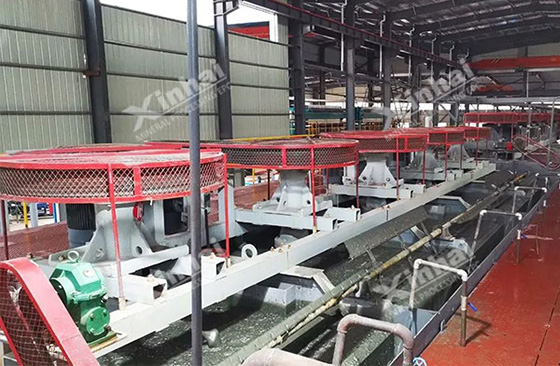
When separating fluorite and barite, the two minerals are mixed and then separated. For mixed flotation, the collector uses oleic acid and the inhibitor uses water glass. There are two separation methods for mixed concentrate. One is to inhibit barite with dextrin or tannin with iron salt, and then to floate fluorite with oleic acid. Because fluorite has good float, a small amount of oleic acid can be added; first, float barite, while fluorite concentrate remains in the flotation tank.
In order to improve the flotation efficiency and concentrate grade, it is necessary to pay attention to the pH, temperature, flotation particle size and flotation reagents of the pulp. The technical requirements for improving fluorite flotation efficiency will be described below from these four aspects.
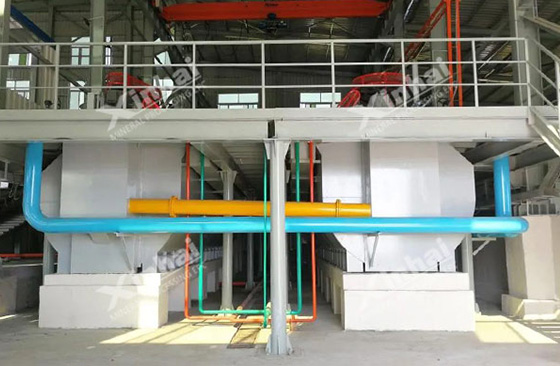
The pH value of pulp has a great influence on the flotation of fluorite concentrate. When oleic acid is used as the fluorite collector, when the pH value of the pulp is in the range of 8-11, the fluorite has better floatability, and 80-90% of the fluorite concentrate can be recovered.
During flotation, appropriately increasing the temperature of the pulp can improve the index of fluorite flotation. When oleic acid is used to capture fluorite concentrate, the beneficiation index will increase with the increase of temperature. When the temperature rises to 80°C, the concentrate recovery rate can be increased to 90%.
In actual production, the coarse-grained fluorite has high flotation selectivity, and the obtained concentrate has a high grade but a low recovery rate; the medium-grained fluorite has a high flotation grade and a high recovery rate; The concentrate grade and recovery rate obtained by ore flotation are relatively low, so in the process of beneficiation, it is necessary to control the particle size of fluorite entering the flotation to avoid waste of resources.
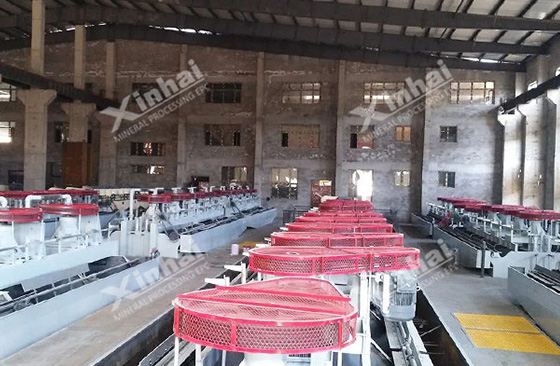
There are various types of chemicals used in fluorite flotation. In addition to oleic acid, the collector can also use hydrocarbyl sulfate, alkylsulfosuccinylamine, sodium sulfamate oleate, and other sulfonates and amines. The regulator of fluorite flotation can choose water glass, sodium metaphosphate, lignosulfonate, dextrin, etc.
The above are the different types of fluorite flotation technology and requirements. In actual production, it is necessary to select the appropriate beneficiation process according to the composition of the ore. Xinhai recommends to do a beneficiation test before beneficiation, and customize the beneficiation plan according to the test results, so as to make full use of resources and improve the recovery rate of concentrate. Xinhai can provide you with customized fluorite beneficiation solutions and efficient beneficiation equipment. If necessary, welcome to consult.
To find out more about our products and solutions, please fill out the form below and one of our experts will get back to you shortly.